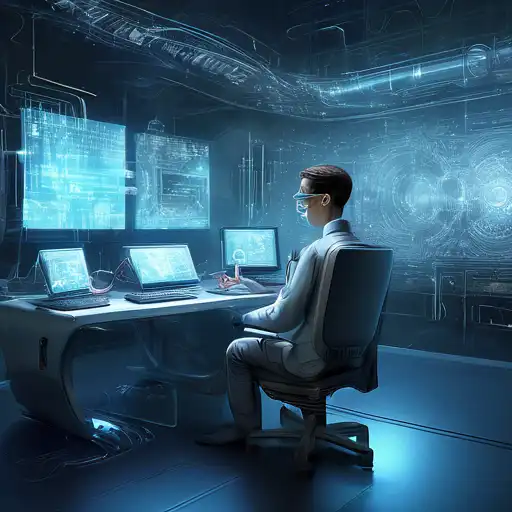Introduction to Computer Vision Technology
Computer vision technology has seen remarkable advancements in recent years, transforming how machines interpret and understand visual information. This technology, at the intersection of artificial intelligence and image processing, enables computers to identify, process, and analyze images in ways that mimic human vision.
Key Advancements in Computer Vision
Among the most significant advancements are the development of deep learning models that have vastly improved the accuracy of image recognition tasks. These models, trained on vast datasets, can now identify objects, faces, and even emotions with unprecedented precision.
- Enhanced object detection algorithms
- Real-time video analysis capabilities
- Improved facial recognition systems
- Advanced image segmentation techniques
Applications of Modern Computer Vision
The applications of these advancements are vast and varied, ranging from autonomous vehicles that can navigate complex environments to healthcare systems that can diagnose diseases from medical images. Retail, security, and manufacturing sectors are also leveraging this technology to enhance efficiency and safety.
Challenges and Future Directions
Despite these advancements, challenges such as data privacy concerns and the need for even more robust algorithms remain. The future of computer vision technology lies in overcoming these hurdles and further bridging the gap between human and machine vision capabilities.
For more insights into how artificial intelligence is shaping the future, explore our related articles.
Conclusion
The field of computer vision is evolving at a rapid pace, with new breakthroughs continually expanding the boundaries of what's possible. As technology advances, we can expect even more innovative applications that will further integrate computer vision into our daily lives.
